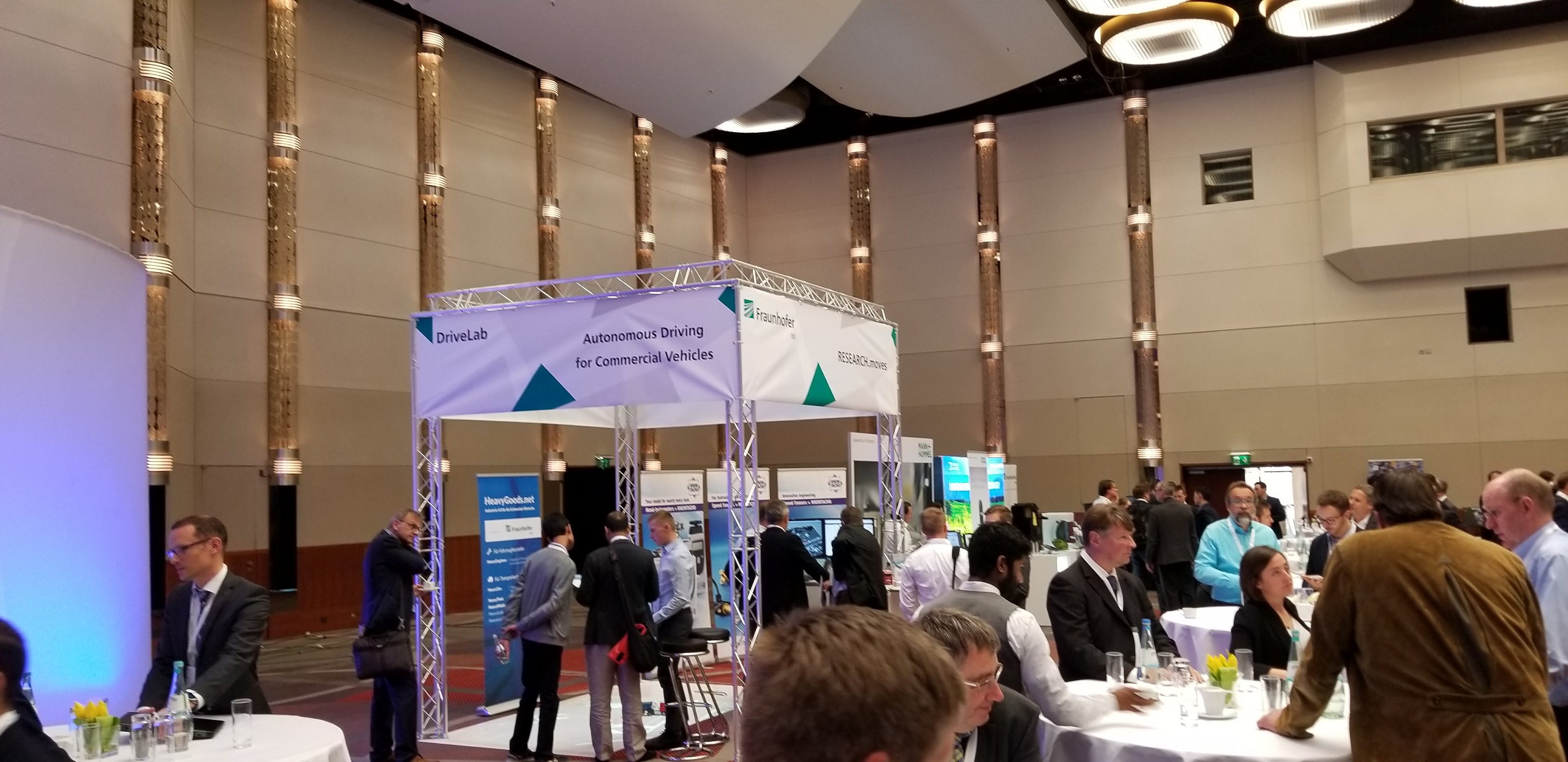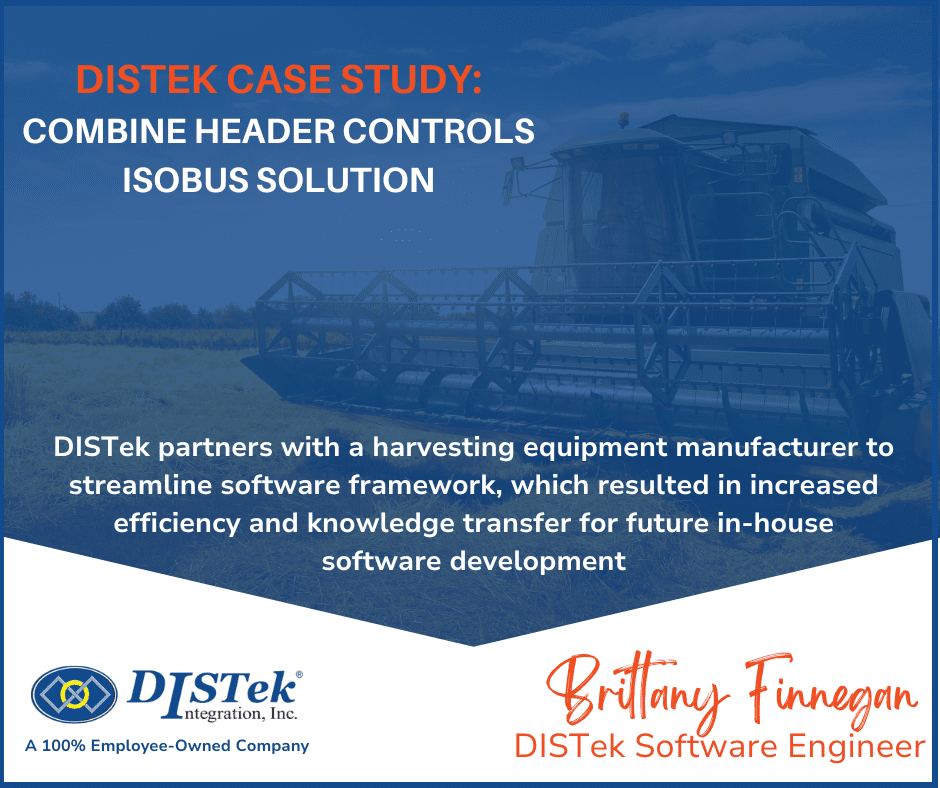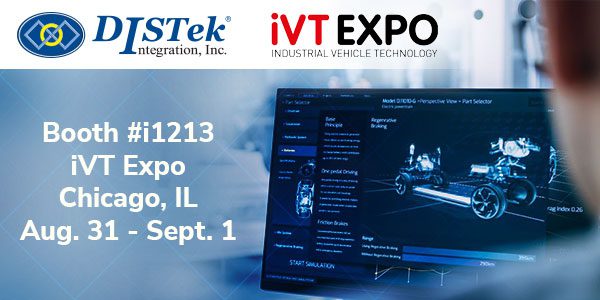In April of this year, I had the opportunity to attend an international conference in Dusseldorf, Germany; well, to be more accurate, I attended three (3) conferences in Dusseldorf, Germany: Connected Off-Highway Machines (On the Road towards Autonomous Mobile Machinery); Smart Farming; and Autonomous Trucks. The conferences were held simultaneously by VDI Wissensforum, an independent German training institute for engineers. Participants could attend presentations and panel discussions ‘cafeteria style’ – choosing the presentation you wanted to attend from any one of the three conferences.
These conferences were a platform to explore the latest technology trends dealing with connectivity and automation for off-highway vehicles. Just as a personal aside; I was surprised (and delighted) that English was spoken during the entire conference. I didn’t have to recall any of the high school German from classes taken decades prior (Gott sei Dank).
Still being relatively new to the off-highway industry, I tend to marvel at both the current state of technology employed in machines and equipment, and marvel at where the technology will take us in the future. The prevailing theme for the entire conference (in my opinion) was around the drive (pun intended) toward autonomous vehicles for off-highway and on-highway applications. The main ‘drivers’ for autonomous vehicles discussed were:
- Shortage and cost of educated labor
- Large arable farming vs. specialty crops
- Cost reduction of having an unmanned machine
- No cab required
- Soil compaction reduction
- Using lightweight robots vs. controlled traffic farming
- Reduction of input cost through precise placement / single plant treatment
- There is a strong focus of venture capital and start-up companies on agricultural robotics.
There was also discussion on the challenges for off-highway autonomous vehicles, which include:
- Product liability
- Legal situations
- ‘Driving’ an autonomous vehicle on public roads as an example
- Safeguarding sensors
- Sensors function in many challenging environments
- Dust
- Dirt
- Fog
- Vibration
- Overall monitoring of all machine functionality
- Autonomous operation requires automation of both the machine movement and automation of the primary function of the machine
- Machine movement requires
- Mission Planning (route planning, mapping, route optimization, multiple unit coordination)
- Navigation (GPS, heading and orientation determination, object detection –recognition – and avoidance)
- Piloting (Steering systems, propulsion systems, emergency stop and safety systems)
- Logistic issues
- Handling of harvested materials
- Handling of inputs (seed, fertilizer, etc.)
- Transporting the unit to/from the field
- Complete redesign of machines
- The optimal machine size will depend on the application for which it is being used
- Swarms of autonomous vehicles
- The availability of robotics/AI engineers.
- The optimal machine size will depend on the application for which it is being used
- Sensors function in many challenging environments
There are also considerations around technical readiness and market readiness for OEMs developing autonomous systems to consider when looking at market deployment possibilities.
- Where there is a low level of technical and low market readiness there is complacency
- No action required for the near future
- Where there is functional technology but customers aren’t ready for it or don’t require it there is no value in OEM deployment
- May require customer education
- Where there is a demand for automation but there is no available technology solution, OEMs need to explore ways of meeting the technical demand
- May require research projects
- Where there is readily deployable technology and a market ready for automation, OEMs should be in development mode
- Should require actively developing projects intended for near-term production.
Within this technical/market readiness spectrum there is a multitude of scenarios which OEMs consider when determining which products they will bring to market. Happily, DISTek is in the position to offer OEMs with technological solutions to meet the market’s needs and to create value for their customers.




